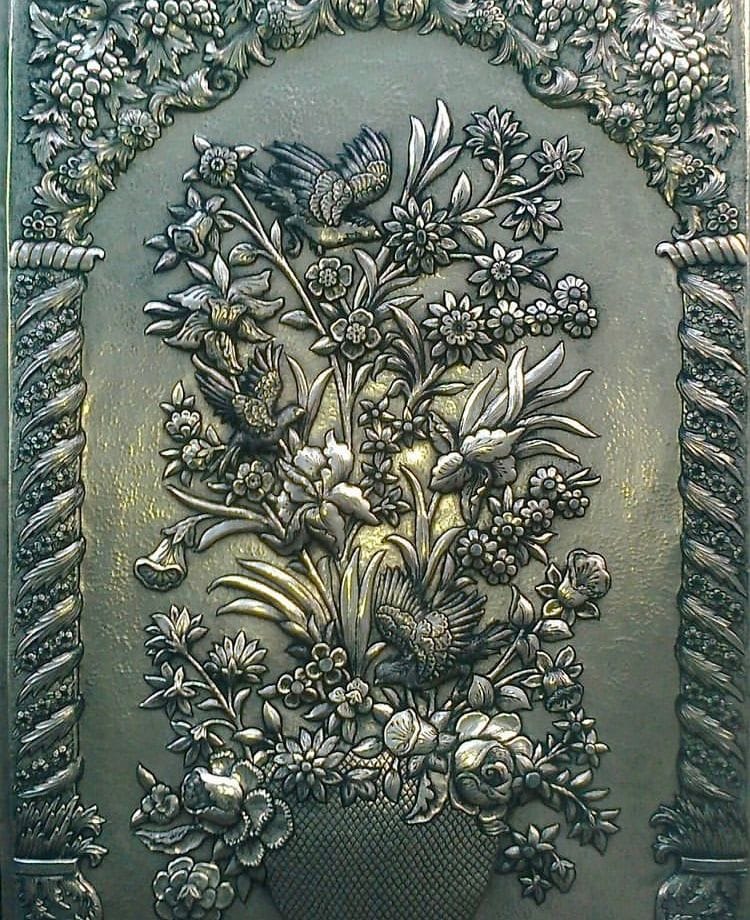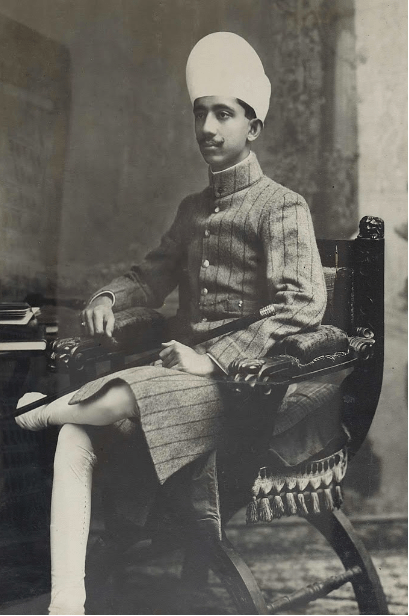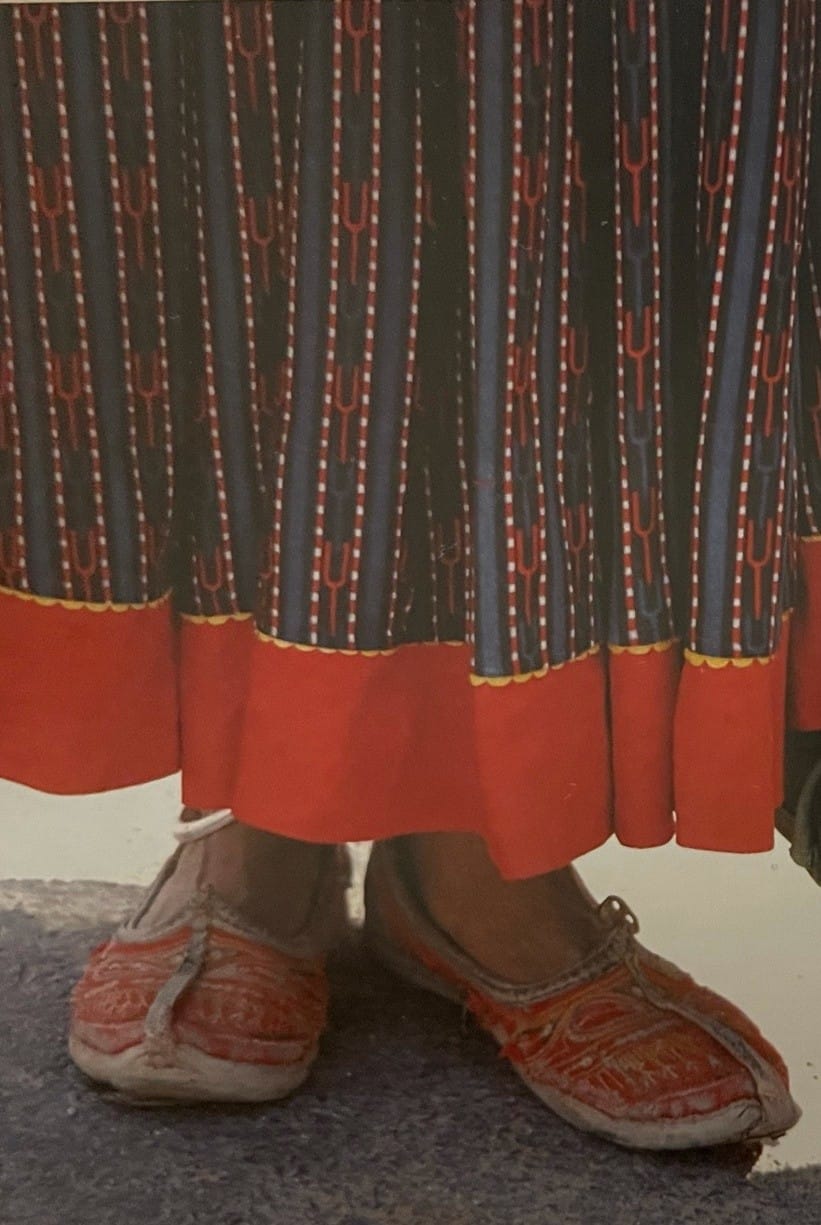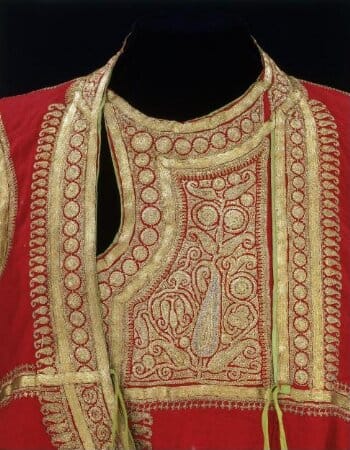28 Jun The Art of Jewelry: Important Historical Techniques
[vc_row css_animation="" row_type="row" use_row_as_full_screen_section="no" type="full_width" angled_section="no" text_align="left" background_image_as_pattern="without_pattern" css=".vc_custom_1624936967294{padding-right: 15px !important;}" z_index=""][vc_column offset="vc_col-lg-12"][vc_column_text]The Art of Jewelry: There is something about jewelry that engages even the most Spartan of women. You can see the sparkle of the stone and the metal reflected in their eyes as they bend over the counter. Because so much of the history of jewelry is tied up with culture and anthropology, innumerable craft techniques have sprung up around it because it is so desirable. We've examined some in our recent blogs. Today, in the concluding one, we will look at a few more. RECENT ARTICLES ON THE ART OF JEWELRYTHE BEAUTIFUL ART OF ENAMELED JEWELRY
READ MOREMICRO MOSAIC A POPULAR ART FROM THE 19TH CENTURY
Embossing: The Art of Jewelry
17 Jun Lace Making- A Cultural Craft of Europe
[vc_row css_animation="" row_type="row" use_row_as_full_screen_section="no" type="full_width" angled_section="no" text_align="left" background_image_as_pattern="without_pattern" css=".vc_custom_1623909223597{padding-right: 15px !important;}" z_index=""][vc_column offset="vc_col-xs-12"][vc_column_text]Lace Making: My fascination for handmade laces started three years back in the summers of 2018 when I searched for artisan groups in India to help us recreate old collected laces and trims from Europe. Until then, my knowledge of high-quality handmade laces possible to accomplish in India was limited only to cotton crochet work. However, to my surprise, we found groups of women based in small villages across different states of Southern India, practicing a variety of high-skilled European lace making techniques.28 May The Genesis of Draped Apparel in India
[vc_row css_animation="" row_type="row" use_row_as_full_screen_section="no" type="full_width" angled_section="no" text_align="left" background_image_as_pattern="without_pattern" css=".vc_custom_1622248632215{padding-right: 15px !important;}" z_index=""][vc_column offset="vc_col-xs-12"][vc_column_text]Draped Apparel: In our first blog in this series, we talked about the Indian tradition of wearing unstitched clothing from pre-Vedic times, possibly because applying a needle to cloth was believed to be polluting. [caption id="attachment_4173" align="alignleft" width="126"] A kid in a langot, still worn in India by traditional wrestlers. Image Source: https://www.danielmalikyar.com/kushti-india/[/caption]Because of this belief, and probably because of the climate, India has always had a tradition of draped apparel, starting from the langot, a rectangular cloth worn as underwear. Interestingly. I remember my grandfather still wore a langot until the 1960s, as I remember long strips of cloth drying on the washing line.
A kid in a langot, still worn in India by traditional wrestlers. Image Source: https://www.danielmalikyar.com/kushti-india/[/caption]Because of this belief, and probably because of the climate, India has always had a tradition of draped apparel, starting from the langot, a rectangular cloth worn as underwear. Interestingly. I remember my grandfather still wore a langot until the 1960s, as I remember long strips of cloth drying on the washing line. 22 May Achkan, Shervani and Choga – The Indian Silhouettes
[vc_row css_animation="" row_type="row" use_row_as_full_screen_section="no" type="full_width" angled_section="no" text_align="left" background_image_as_pattern="without_pattern" css=".vc_custom_1621725875397{padding-right: 15px !important;}" z_index=""][vc_column offset="vc_col-xs-12"][vc_column_text] Achkan, Shervani and Choga: In our last blog, we spoke of the history of the Angrakha and the Jama. Today, we will continue with three other classic silhouettes worn by men in India, two of which are still worn on formal occasions. The Achkan is so popular that an Indian wedding is unthinkable without the groom and several guests wearing it. I remember when my sister was married, I cut up one of my Benares brocade sarees to make a miniature version of Achkan for my then seven-year-old son, something I now regret considering he wore it just once.The Achkan :Achkan, Shervani and Choga- The Indian Silhouettes
[caption id="attachment_4124" align="alignleft" width="270"] Portrait of Pratap Singh Maharaja Nabha, by Alfred Thomson[/caption]
Portrait of Pratap Singh Maharaja Nabha, by Alfred Thomson[/caption]17 May Block Printed Ghaggra of Rajasthan- Silhouettes of Indian Apparel
[vc_row css_animation="" row_type="row" use_row_as_full_screen_section="no" type="full_width" angled_section="no" text_align="left" background_image_as_pattern="without_pattern" css=".vc_custom_1621222940684{padding-right: 15px !important;}" z_index=""][vc_column offset="vc_col-xs-12"][vc_column_text]Block Printed Ghaggra : Due to the increased flow of trade and immigrants to the Indian subcontinent, the first stitched garment in Indian women's sartorial elegance started appearing as early as the eleventh century, and it was the Ghaggra(a gathered skirt) & Choli( a blouse). This practical and straightforward garment was appropriate for the standards of modesty prevalent at the time. Additionally, it allowed for easy movement during any day job. Before this, the unstitched saree was ubiquitous on the Indian subcontinent.12 May The Jama and Angrakha, the Silhouettes of Indian Apparel
[vc_row css_animation="" row_type="row" use_row_as_full_screen_section="no" type="full_width" angled_section="no" text_align="left" background_image_as_pattern="without_pattern" css=".vc_custom_1620800676193{padding-right: 15px !important;}" z_index=""][vc_column offset="vc_col-xs-12"][vc_column_text][caption id="attachment_4052" align="alignleft" width="260"]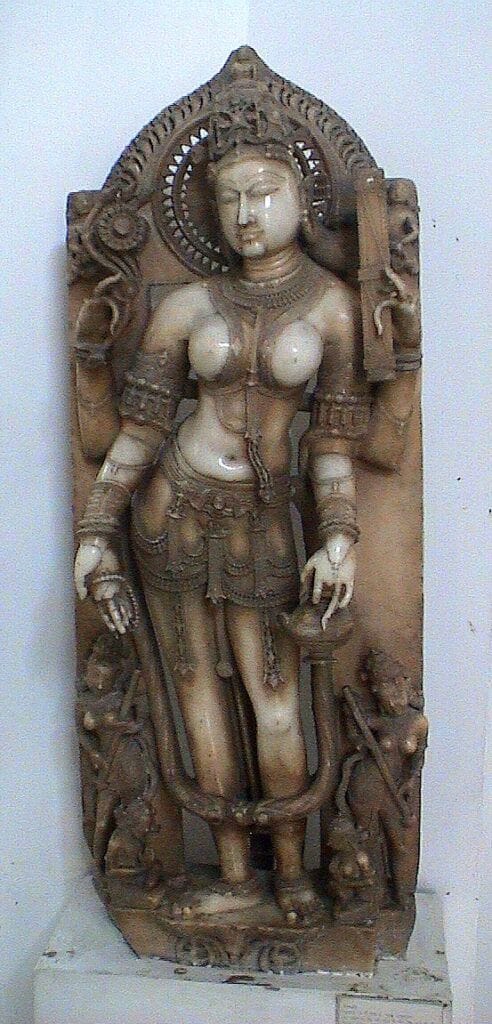 Statue of Saraswati at the National Museum Delhi. Note her apparel.[/caption]Silhouettes of Indian Apparel : India is perhaps unique in its history of wearing unstitched clothing from pre-Vedic times, draped on the body in stylized ways. Interestingly, in Vedic India, the body was considered an integral part of a human personality. Therefore there was no stigma attached to body parts being on display. As a culture, too, India has traditionally believed in the fluidity of form, matching well with draped garments.
Statue of Saraswati at the National Museum Delhi. Note her apparel.[/caption]Silhouettes of Indian Apparel : India is perhaps unique in its history of wearing unstitched clothing from pre-Vedic times, draped on the body in stylized ways. Interestingly, in Vedic India, the body was considered an integral part of a human personality. Therefore there was no stigma attached to body parts being on display. As a culture, too, India has traditionally believed in the fluidity of form, matching well with draped garments. 29 Apr Gota Work or Lappe Ka Kaam – Gold Ribbon Embroidery from India
Posted at 16:13h in Artisan, Culture, DESIGN, Embroidery Series, History, Sustainability, Technique by Nidhi Garg 0 Comments
[vc_row css_animation="" row_type="row" use_row_as_full_screen_section="no" type="full_width" angled_section="no" text_align="left" background_image_as_pattern="without_pattern" css=".vc_custom_1619725349713{padding-right: 15px !important;}" z_index=""][vc_column offset="vc_col-xs-12"][vc_column_text]Gota Work or Lappe Ka KaamThis past year allowed us to work with many embroidery techniques from India, which are traditionally practised as embroideries of gold. A few days ago, when we wrote about one such Embroidery of Gold- Zardozi Embroidery, we received a great response. Therefore we feel encouraged to share more on Indian embroidery techniques from the genre of 'gold.' One such technique is Gota Work or Lappe Ka Kaam.
05 Apr Kantha Embroidery born out of Recycling and Upcycling Traditions
Posted at 15:41h in Artisan, Culture, DESIGN, Embroidery Series, History, Technique by Mira Gupta 0 Comments
[vc_row css_animation="" row_type="row" use_row_as_full_screen_section="no" type="full_width" angled_section="no" text_align="left" background_image_as_pattern="without_pattern" css=".vc_custom_1618453133623{padding-right: 15px !important;}" z_index=""][vc_column offset="vc_col-xs-12"][vc_column_text]Kantha Embroidery: We speak so much nowadays of recycling and upcycling as a means of repairing what we have done to the environment and our ecology through thoughtless consumption. But in several cultures, and particularly Japan and India, upcycling has existed historically. [/vc_column_text][vc_empty_space][/vc_column][/vc_row][vc_row css_animation="" row_type="row" use_row_as_full_screen_section="no" type="full_width" angled_section="no" text_align="left" background_image_as_pattern="without_pattern" css=".vc_custom_1618453133623{padding-right: 15px !important;}" z_index=""][vc_column offset="vc_col-xs-12"][vc_column_text][caption id="attachment_3869" align="alignleft" width="300"]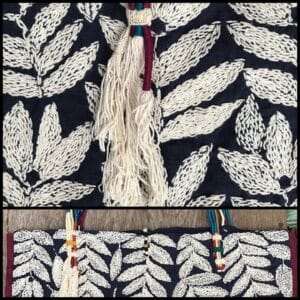 Sashiko from Japan. So similar to Kantha. Picture Rit Maes[/caption]Japan, of course, has her Sashiko and Boro. And India has Kantha. I recall when my son was born, our Bengali help embroidered his first nappies using soft used cloth and beautiful Kantha, something I still treasure.
Sashiko from Japan. So similar to Kantha. Picture Rit Maes[/caption]Japan, of course, has her Sashiko and Boro. And India has Kantha. I recall when my son was born, our Bengali help embroidered his first nappies using soft used cloth and beautiful Kantha, something I still treasure. 28 Mar Phulkari Embroidery of the Women of Punjab
Posted at 15:01h in Artisan, Culture, DESIGN, Embroidery Series, History, Sustainability, Technique by Mira Gupta 1 Comment
[vc_row css_animation="" row_type="row" use_row_as_full_screen_section="no" type="full_width" angled_section="no" text_align="left" background_image_as_pattern="without_pattern" css=".vc_custom_1616956674552{padding-right: 15px !important;}" z_index=""][vc_column offset="vc_col-xs-12"][vc_column_text]If there is any embroidery that is solely in the realm of women, it is phulkari, and that too the women of Punjab. Translating to 'flower work,' it is vital in the history and culture of its state of origin, steeped in its history, its customs, and rites of passage ceremonies. More than any other embroidery of India, it is significant- less for commercial reasons and more for the insight it offers into women's lives historically. 


 History of Screen Printing
History of Screen Printing 